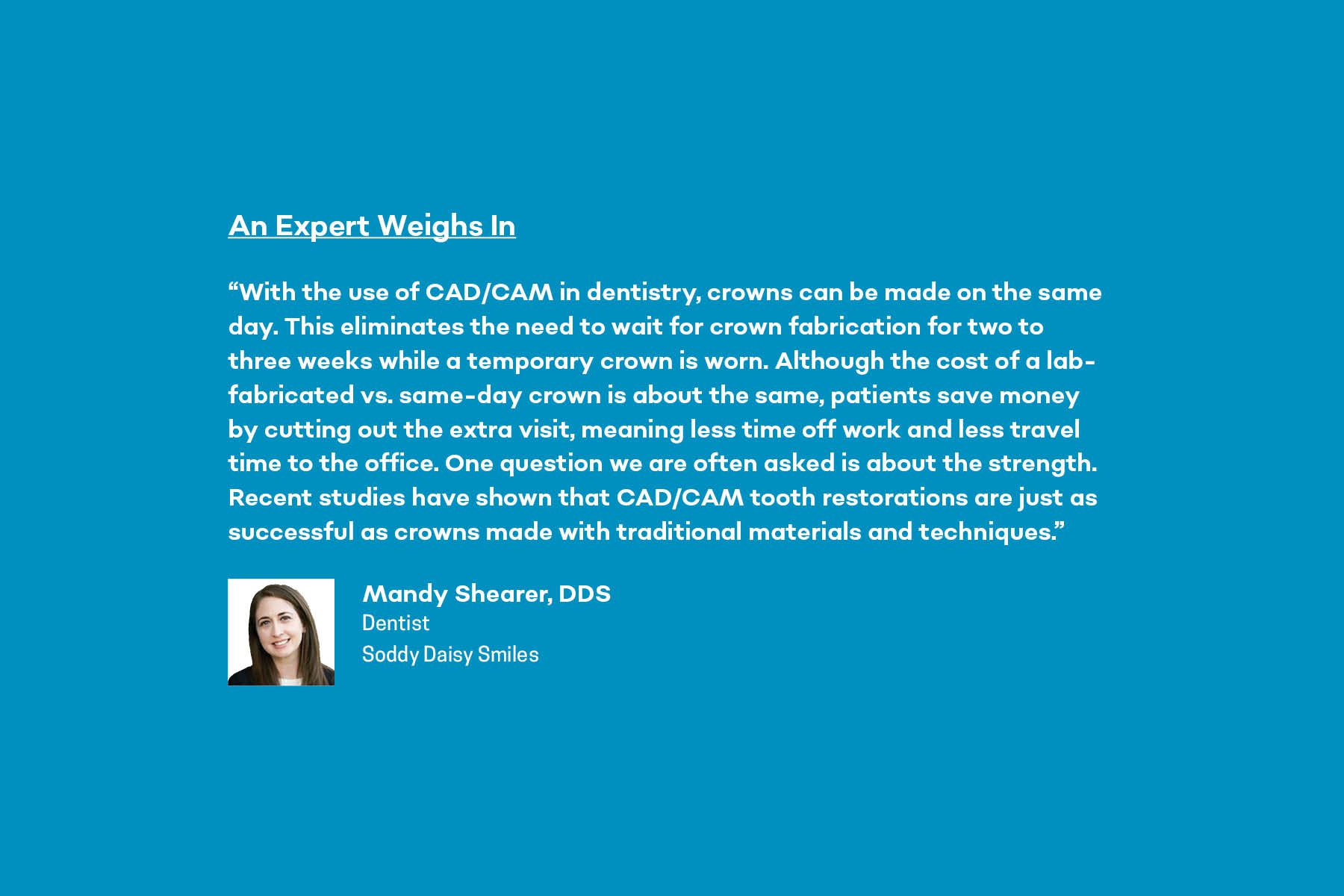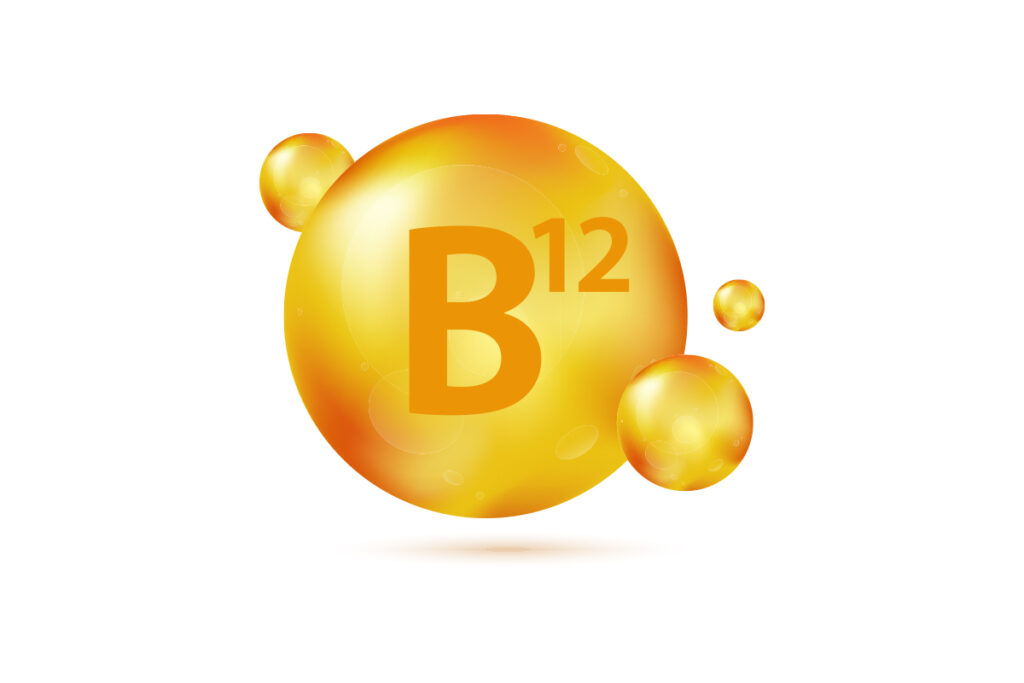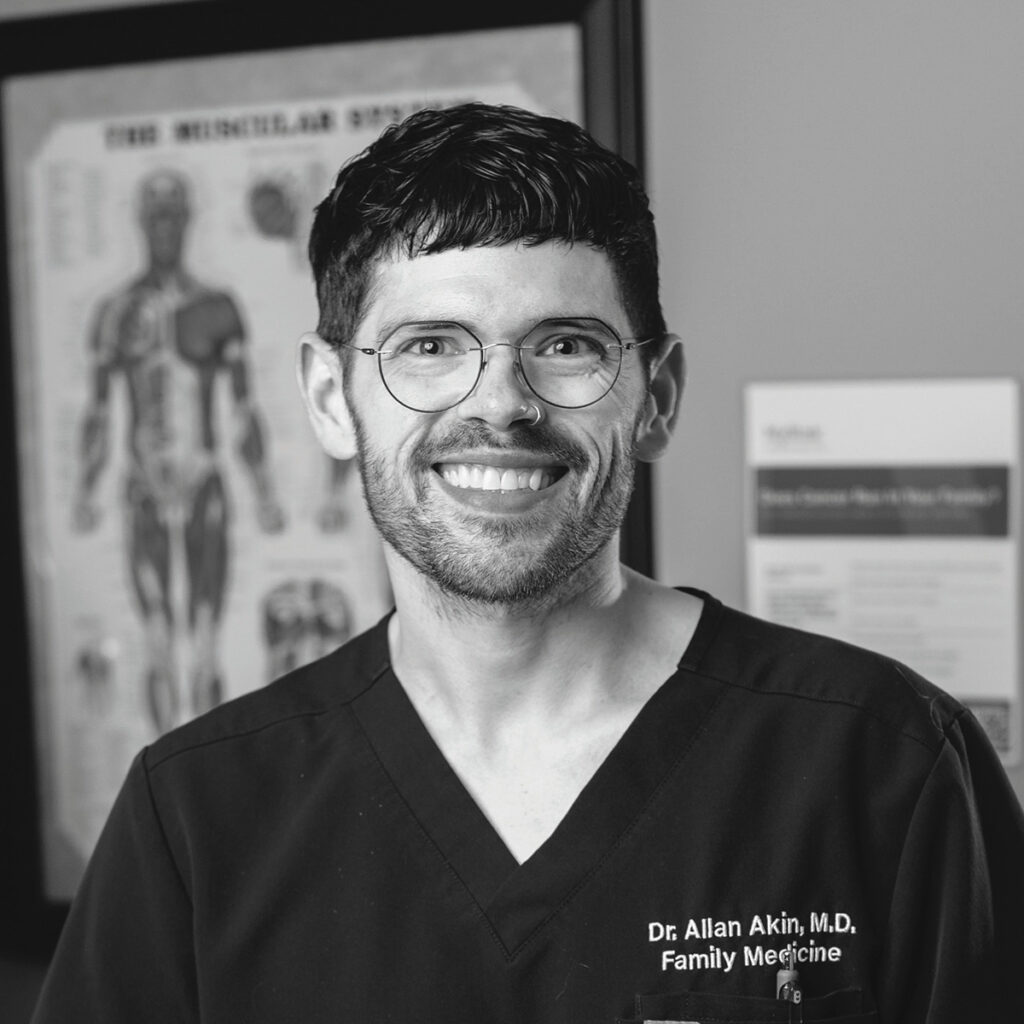Annual Advancements in Medicine Section
From 3D-printing technology in dentistry, to robotic arm assistance in orthopedic surgeries, to anesthetic advances and beyond, new research in the medical field makes for easier procedures for patients and doctors alike. These Chattanooga-based medical professionals share the latest in revolutionary treatment options.
By Lindsey June
Thanks to new scanning technology, dental crowns can be designed and fitted in a same-day procedure.
Understanding Dental Crowns
Dental crowns are synthetic caps that provide shape and function for restoration. They are placed over damaged teeth and serve a number of purposes: They can prevent tooth breakage, restore teeth that are already broken, and hold dental bridges in place. Crowns can also support a tooth that’s had a root canal and can cover a dental implant.
Without crowns, damaged teeth are more prone to tooth-aches, sensitivity, and pain when biting or chewing.
New Solutions
Advancements in dental technology have transformed the dental crown process. Before, two visits were required – the first to create an impression of the trimmed and filed tooth, the second to cement the crown. But now, same-day procedures are possible. Thanks to computer-aided design and computer-aided manufacturing (CAD/CAM) technology, dentists can take digital photos of the mouth and create a custom crown on the same day. The entire process takes about two to four hours.
CAD/CAM tooth restorations have a number of benefits. Studies show that the procedure is just as successful as traditional techniques. It can even assist in preserving more of the existing tooth. CAD/CAM technology also eliminates several outsourcing costs for the dentist, which can be passed onto the patient.
How It Works
The CAD/CAM same-day crown process involves five steps:
Tooth Preparation
Before attaching the new crown, your dentist will prepare the site for restoration by removing decay or affected tissue.
Intraoral Scanning
Next, an optical scanner is used to create a 3D custom image of your mouth.
Restoration Design
Once the 3D images are obtained, your dentist will use the CAD software to identify the proper design for your prosthesis.
Production
Once designed, the software will connect with an on-site milling machine that shapes the crown from a block of ceramic. It is then stained or glazed to match your natural tooth color.
Cementation
Your new crown will be ready for application immediately. Your dentist then cements it to the tooth, polishes it, and removes any excess debris.
Benefits to Patients
CAD/CAM technology is not only quick and efficient, but it also eliminates the need for temporary crowns. Because the process is done same-day and chairside, the patient can see what their new crown will look like and how it will fit.





